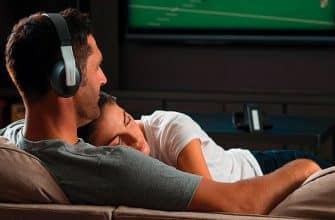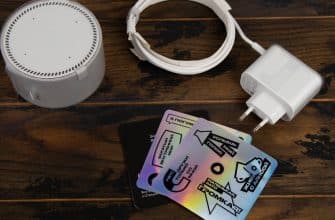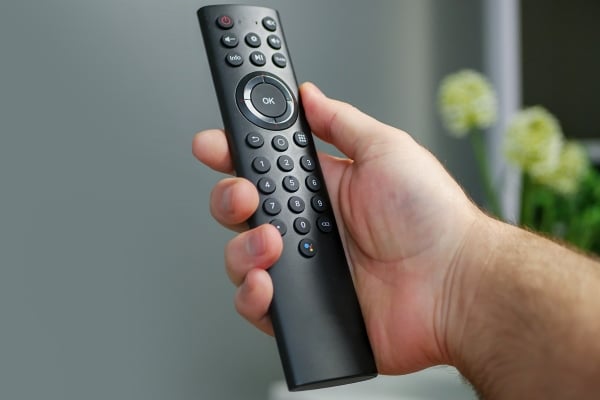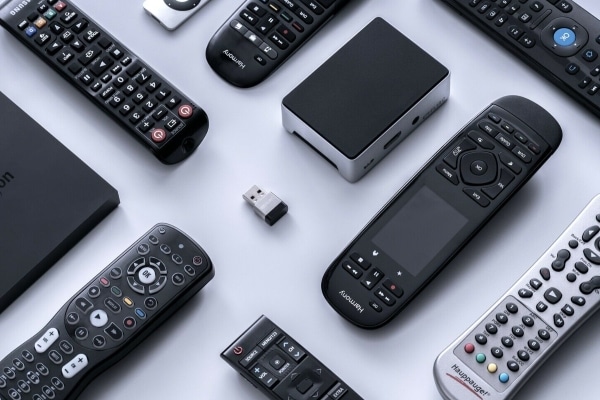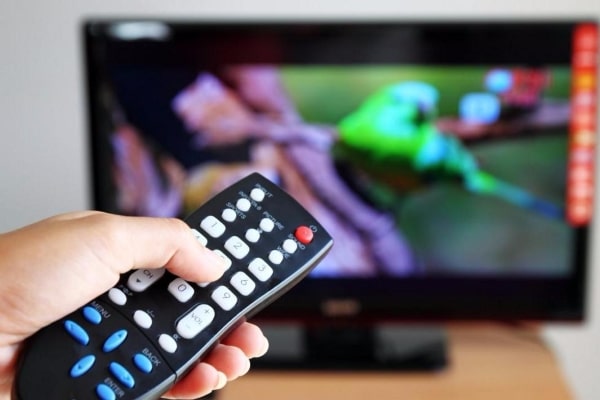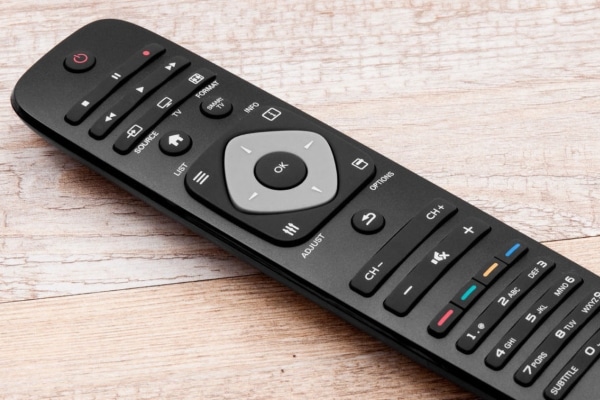There are several ways to place a TV in an apartment. One of them is wall mounting with a bracket. This method will help save space in the room and modernize the design a little. The price of fasteners is high, but it is possible to make it yourself.
Basic requirements for mounting a TV
All modern plasma panels require the use of a VESA bracket. These are the mounts that come with the device, but are also sold separately. Manufactured according to the distances between the mounting points on the back of the TV.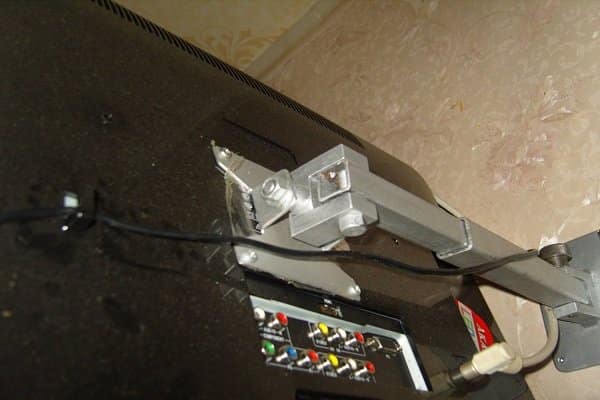
These are four holes in the aggregate forming a square or an elongated rectangle.
To install the TV on thick load-bearing walls, it is better to buy steel dowels. For partitions made of foam block or cinder block, it is recommended to take propylene fasteners. The circumference of the self-tapping screws used is not less than 4 mm. Depending on the type of load-bearing wall, the depth can be:
- 10 mm for concrete walls;
- 30 mm for brick partitions;
- 50 mm for a foam block wall.
 These requirements do not apply to walls made of drywall. The fact is that they do not have a high bearing capacity. In the case when the sheets fit snugly against the main wall, the TV can be mounted on the bracket directly on the wall.
These requirements do not apply to walls made of drywall. The fact is that they do not have a high bearing capacity. In the case when the sheets fit snugly against the main wall, the TV can be mounted on the bracket directly on the wall.
It is not recommended to install the TV on a plasterboard wall if the sheets are fixed to the frame and the skin thickness is less than 12 mm.
Manufacturing methods and types
There are several options for making the bracket. The choice is made based on imagination, budget and skills. It is easiest to create fixed and rotary structures at home.
Fixed wall bracket structures
Fixed and rigid construction. Often called fixed. The bracket fits snugly against the wall and fixes the plasma as reliably as possible, since it does not contain a swivel mechanism.
The TV will be 10-20 cm from the surface of the partition, after installation it will not turn out.
Advantages of this design:
- low cost of materials necessary for the manufacture;
- safety;
- ease of installation.
Flaws:
- it is not possible to adjust the position of the plasma panel;
- access to wires and connectors is limited.
Such brackets can be made independently of wood or metal. Having chosen wood, purchase the following components:
- Wooden slats – at least two pieces. The main requirement is that the wood species must be solid. The length is about 15 cm larger than the size of the back cover of the TV case. Make the top rail a little thicker than the bottom. Need it for tilt.

- Special wood screws with rings.
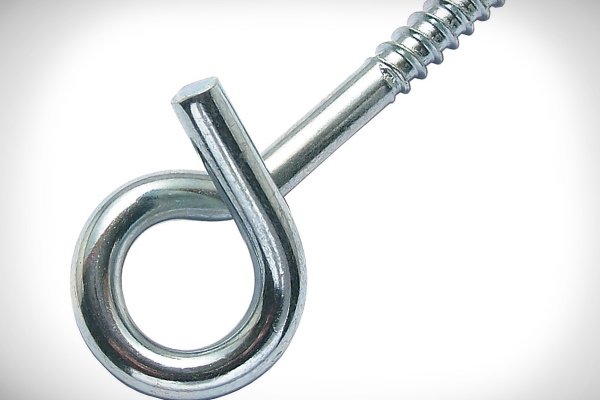
- Hooks.
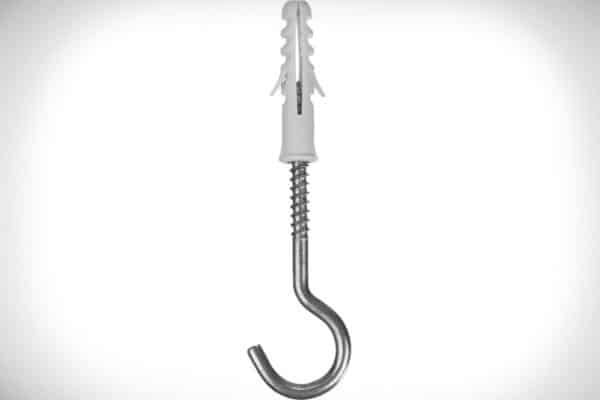
- Dowel made of polypropylene.
Procedure for creating a wood bracket:
- Screw 2 self-tapping screws into the upper edges of the wooden slats, on which the rings are fixed.
- Mount pieces of wood on the back cover of the plasma panel. The case has holes for installation. To the top of the TV, mount a rail that has a thickening. Attach the second rail, which is slightly smaller, to the bottom of the device.
- Measure the intervals between the rings of the self-tapping screws horizontally and vertically. Mark the hook points on the wall.
- Drill holes at the marked points and lay dowels with hooks. Hang the TV using the rings on the rails.
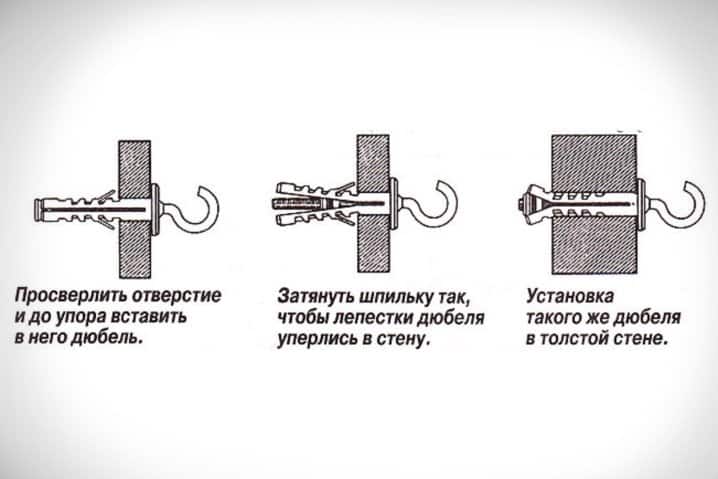 To make a metal mount you will need:
To make a metal mount you will need:
- aluminum corners 4 units;
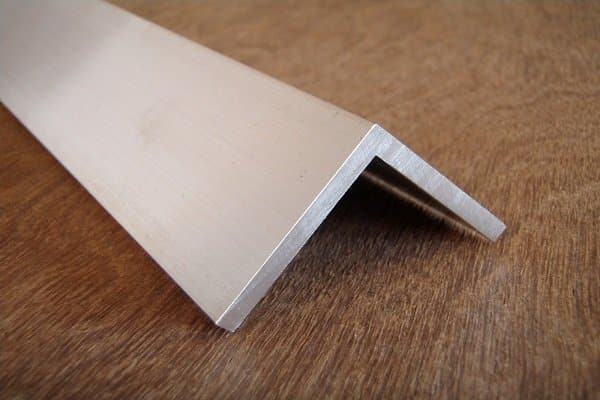
- a spoke from a bicycle wheel with a circumference of 2 mm in the amount of 1 piece;
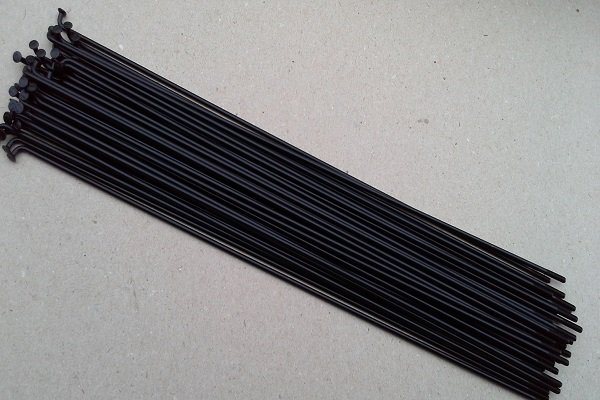
- fasteners, you can take dowels, screws or bolts.
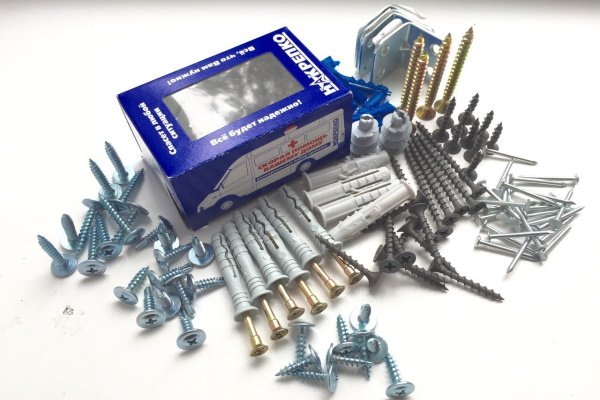
The size of the corners, fastenings and the type of parts depend on the individual characteristics of the plasma panel.
The algorithm for creating a metal bracket:
- Take two corners and fix to the back of the TV. The stage is the same as in the case of a wooden bracket. Mount 2 more corners to the wall with dowels.
- On aluminum products, drill holes for dowels and additionally in the upper area, it is needed for the knitting needle.
- Connect the corners located on the wall so that the first go into the cavity of the others.
- Insert a knitting needle into the holes located on top of the corners. It is necessary for the TV to be held vertically.
If the TV is heavy or large, then it is better to take a steel spoke.
Swivel structures – more freedom of action
Bracket model that is popular. By installing the TV on such a mount, it can be moved, rotated or tilted. The advantages of this mount:
- ease of use;
- the ability to arrange the plasma panel based on personal preferences;
- attractive appearance.
Flaws:
- some components are relatively expensive;
- Difficult to install TV.
It is impossible to create a fully functional movable holder on your own without specialized equipment and great knowledge. It will be possible to make only a good imitation of a movable bracket. To create you need:
- square iron tube or square profile, section 20×20 mm;
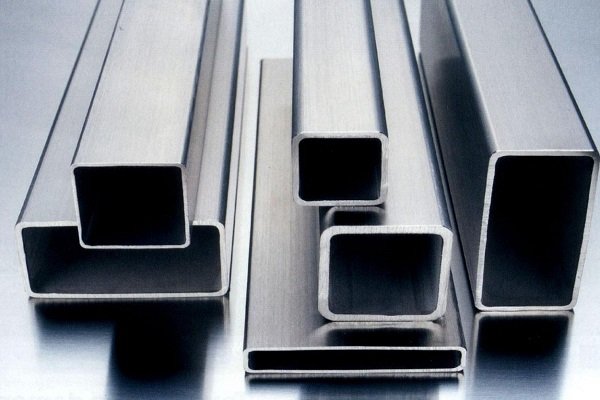
- corners of 4 units with a size of 25 mm;
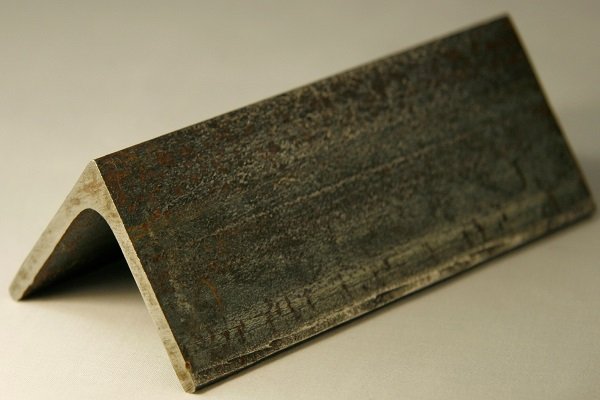
- iron square plates 200 × 200 mm in the amount of 2 pieces;
- bolts;
- washers and nuts;
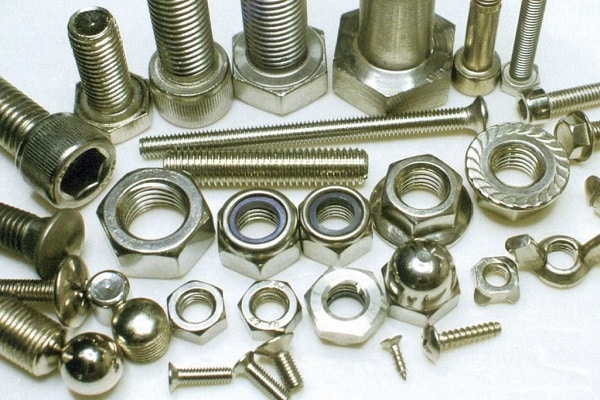
- dowels;
- hacksaw with a blade for metal;
- electric drill;
- drills for working with metal;
- spray gun or brush;
- predominantly black paint for coating metal structures.
Sequence of work:
- Take one iron plate, drill holes for dowels in the corners. There should be 4 holes.
- On the second plate, make holes that will match the holes on the back of the plasma panel.
- Divide the square profile into 3 components. The first is for fixing the bracket to the wall, the second is for connecting the elements, the third is for fixing the TV itself. The dimensions of the parts depend on what design the bracket should have at the outlet.
- Cover all elements with paint.
- After the paint has dried in the middle of the fixing plates, screw in 2 corners with bolts. The distance between them is the ability for a square profile to move quietly. Please note that on the wall metal tile, the corners should be placed in a horizontal position, and on the TV holder – in a vertical position.
- Fix the square profile pieces between the corners using bolts. First of all, drill holes in them with an electric drill, placing washers between the tube and the corners.
- Place the central piece of the pipe at the bottom between the fastening pipes and connect them with bolts of optimal length.
- Fasten the slabs with the tightened square profile to the wall with dowels and bolts. Attach the bracket to the plasma display.
- Adjust the angle of the TV and tighten the nuts securely.
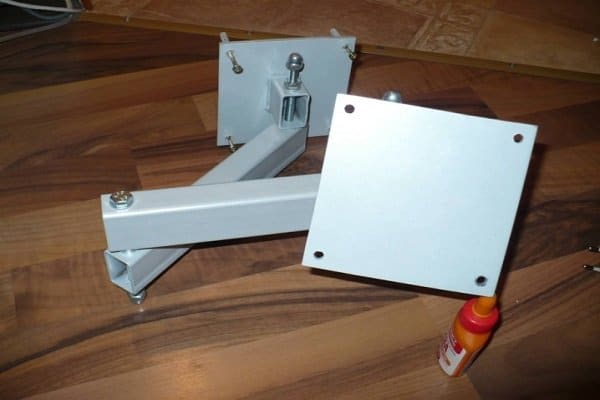 The manufacture of the swivel bracket is shown in the video:
The manufacture of the swivel bracket is shown in the video:
Helpful Tips
There are many nuances in the independent manufacture of the bracket and the installation of a TV on it. To reduce the likelihood of making a mistake, it is recommended that you familiarize yourself with useful recommendations from experienced craftsmen:
- Read the Plasma Display User’s Guide. Some models cannot be wall mounted. The manufacturer writes about this in the corresponding document.
- When making a mount and mounting a TV, choose a location based on the fact that the TV should be ventilated.
- If it is impossible to provide ventilation, then make a niche that will be much larger in size than the device itself.
- Make sure the TV does not overheat.
- Do not install the TV on a wall with electrical wires. First, find out exactly where the cable runs. There are special tools for this: indicators, detectors, metal detectors.
- The corner of the wall is not the most successful place to install a TV. This position increases the risk of mechanical damage to the TV. Also, you can not mount the bracket between the wall shelves.
- Attach the holder to a solid wall that does not decompose or crumble. Otherwise, the bolts or dowel may fall out after a while.
- The plasma panel is best placed in close proximity to electrical outlets. So without problems it will be possible to hide the wires.
- Keep in mind that expensive equipment will be held on the bracket, so choose high-quality components for mounting.
Wall Mount TV Bracket is the best way to mount your Plasma TV. So you can save space in the room. There are several types of such fasteners, but their price is high. It is possible to make a wall bracket yourself, but adhering to a certain algorithm.
